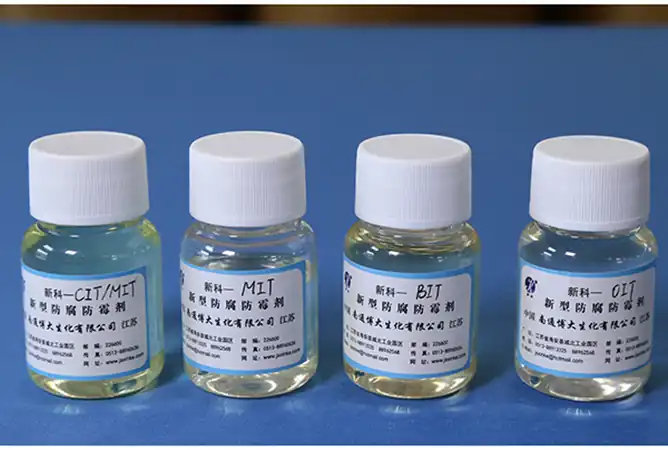Messi Biology states that isothiazolinone preservatives (such as CMIT, MIT, BIT, etc.) are widely used in fields like chemicals, daily chemical products, coatings, and water treatment, favored for their broad-spectrum biocidal activity, low dosage, and high cost-effectiveness. However, these preservatives are quite sensitive to the pH of their environment. Under acidic or alkaline conditions, they are prone to hydrolysis, oxidation, or structural breakdown, which can lead to inactivation or the generation of by-products.

I. The Effect of pH on the Stability of Isothiazolinones
- Isothiazolinone substances generally exhibit good stability between pH 4 and 8.
- When the system’s pH is too low (<4), their rate of hydrolysis accelerates, reducing the amount of active ingredient.
- When the system’s pH is too high (>8), ring-opening or degradation reactions are likely to occur.
- An unstable pH can also accelerate side reactions between other components in the formula and isothiazolinones, affecting the overall preservative efficacy.
II. The Regulatory Mechanism of Magnesium Oxide
Magnesium oxide (MgO) is a weakly alkaline inorganic oxide, and its pH regulation is primarily achieved through the following two mechanisms:
- Acid Neutralization Reaction
Magnesium oxide reacts slowly with water to form magnesium hydroxide, which gradually neutralizes free acids. This allows the formula’s pH to transition slowly towards a neutral or slightly alkaline state, offering strong controllability.
MgO + H₂O → Mg(OH)₂ - Buffering Action
Magnesium oxide possesses a certain buffering capacity, enabling it to maintain the system’s pH within a narrow range of fluctuation and inhibit the impact of external pH disturbances on isothiazolinones.
III. Advantages of Use
- Good Controllability: The adjustment process is mild and not prone to inducing side reactions.
- High Safety: It is non-toxic and odorless, and does not affect the product’s smell or appearance.
- Synergistic Stability: It helps to stabilize other preservatives (such as phenoxyethanol, sorbic acid).
- Reduced Reliance on Acid-Base Additives: It can replace some organic bases like triethanolamine, enhancing the green and eco-friendly profile of the formula.
IV. Application Recommendations
- It is recommended to add a certain proportion of high-purity magnesium oxide powder (e.g., <10μm particle size) during the formulation stage to achieve pH buffering.
- It can be used in combination with phosphate buffer systems or organic amine pH regulators to improve precision.
- A small-scale trial should be conducted based on the end-use formula type (e.g., coatings, adhesives, water treatment agents) to optimize the dosage and order of addition.
